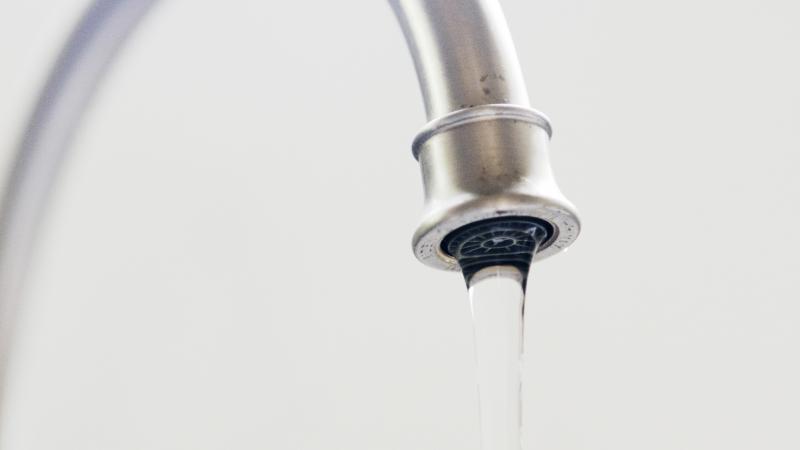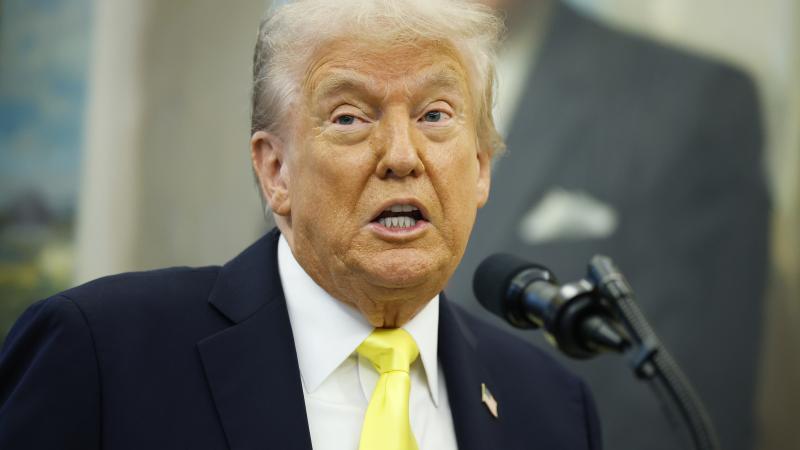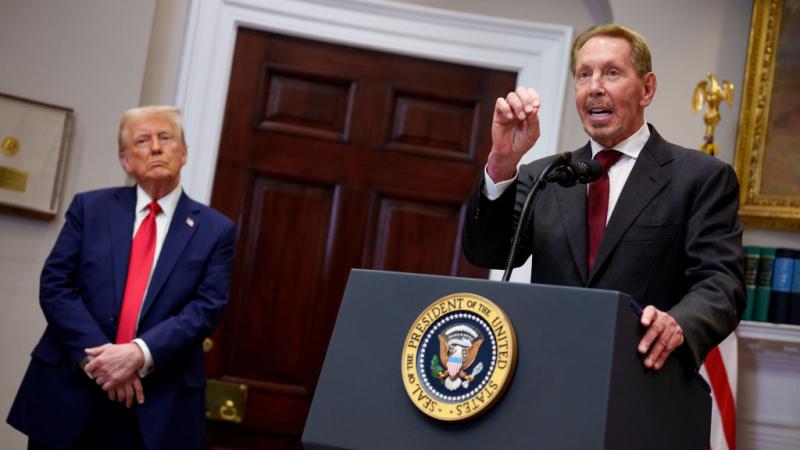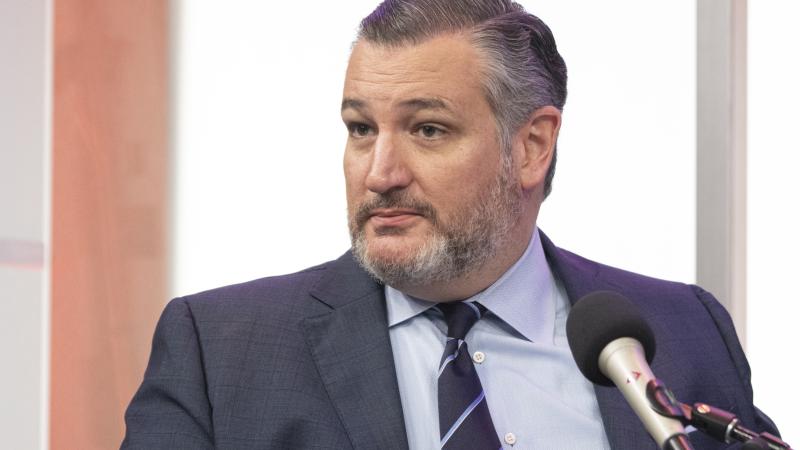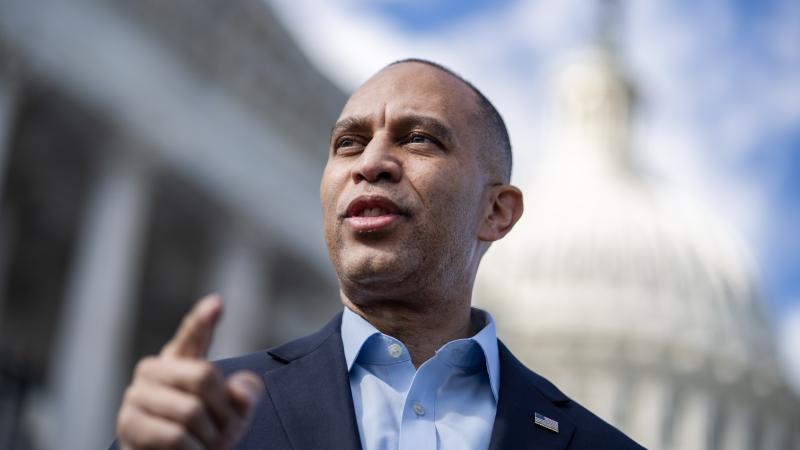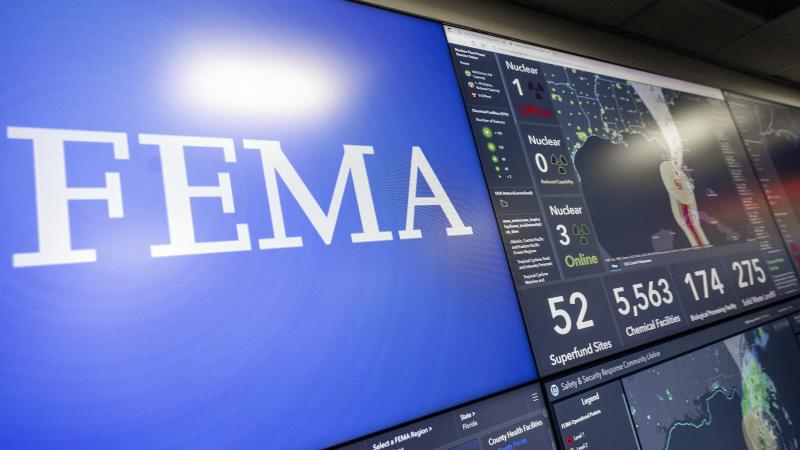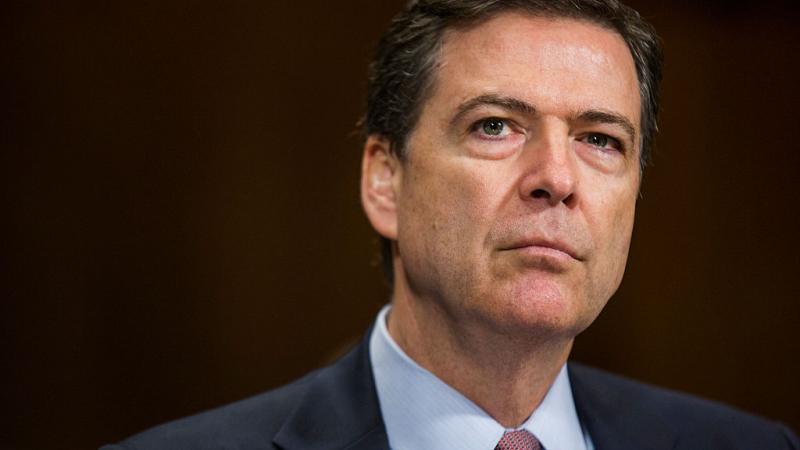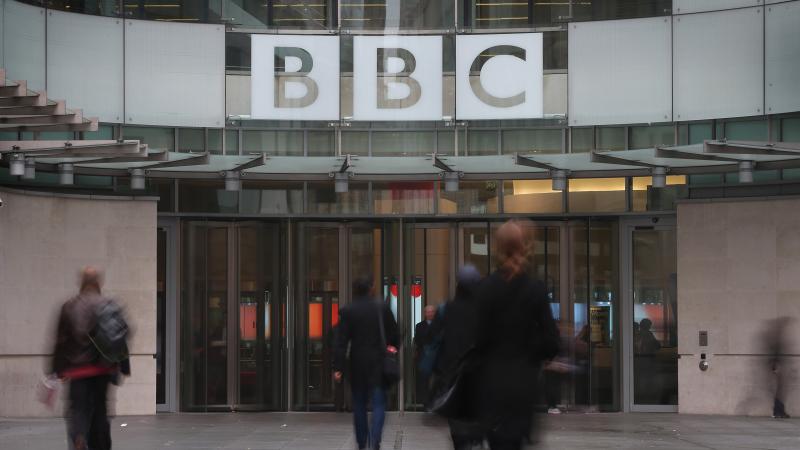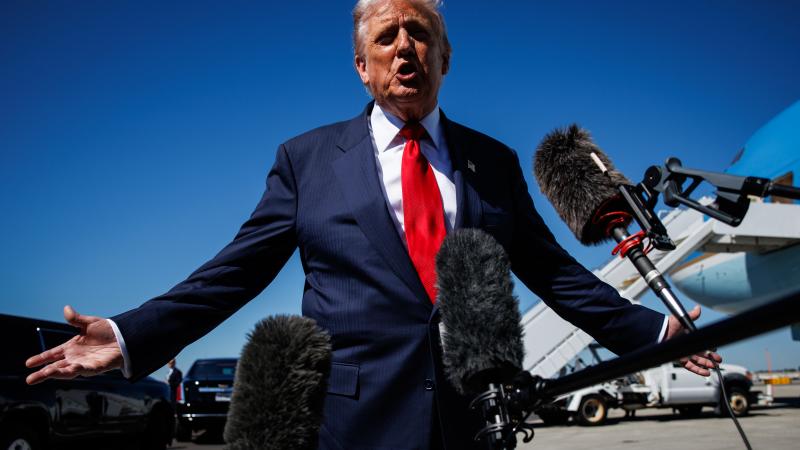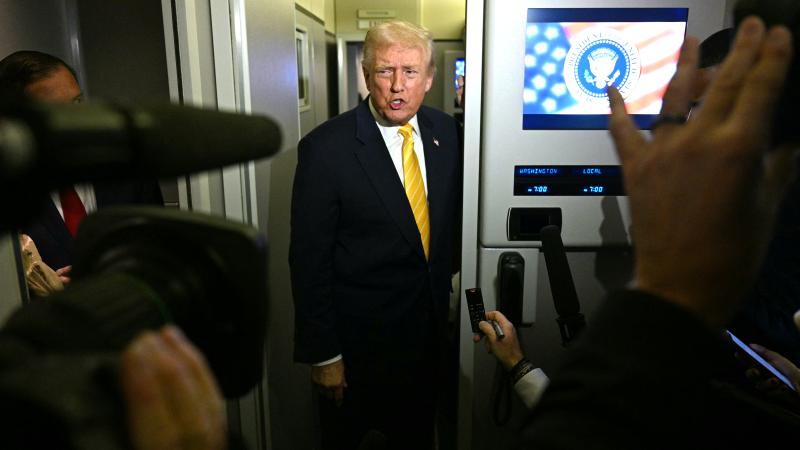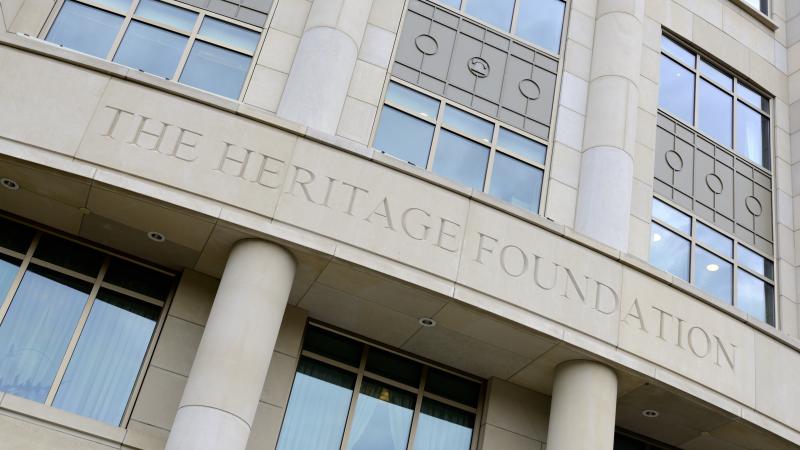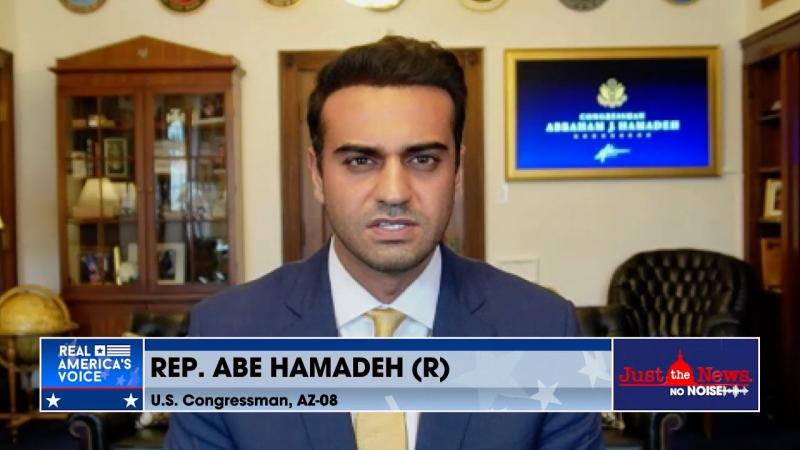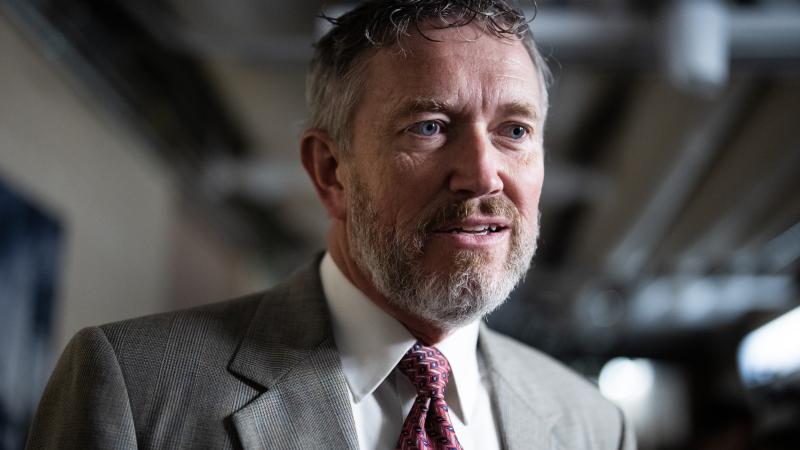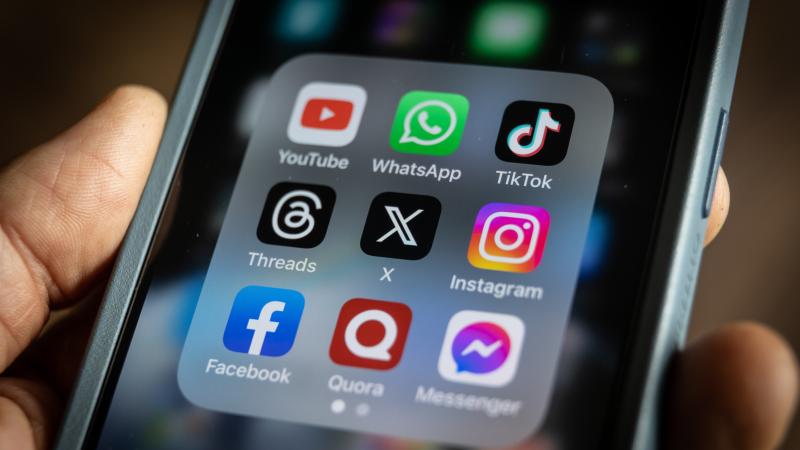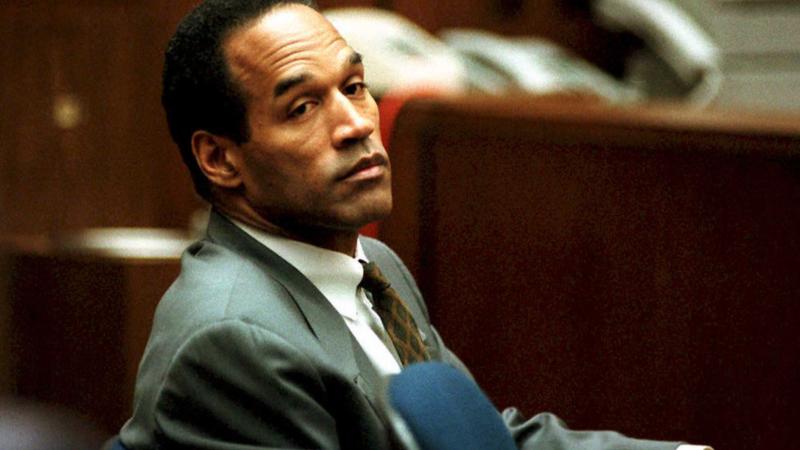Trump's pause on student visas also impacting US healthcare system, adding to doctor shortage
The Association of American Medical Colleges says the United States faces a projected shortage of roughly 86,000 physicians by 2036.
The U.S. healthcare system, amid an ever-increasing doctor shortage, is also one of the critical components of the country's economy struggling under the Trump administration's tightening immigration requirements – including student visas.
Last week, many international medical students were set to begin their training at U.S. hospitals but have run into problems related to visa restrictions, leaving hospitals without the necessary staffing, according to the American Association of Medical Colleges.
Students begin a hospital-residency program after completing medical school, working 60–80 hours a week for a period of three to seven years, depending on their specialty, before they can earn a medical license and become a doctor, according to the American Medical Association.
The recent challenge for foreign students to get a visa to study medicine in the U.S. follows the Trump administration’s temporary pause on J-1 visas, which was eased in mid-June.
Residency programs typically begin at the start of July. The National Residency Matching Program, which helps pair students with residency programs in the U.S., reports having registered a record 6,600 foreign residents into this year's programs.
Project International Medical Graduate, a network and support group that helps international medical students, sounded the alarm on June 30.
“Hundreds of doctors still haven’t received their documents to start residency July 1!! This is disrupting the healthcare [system]and will [impact] thousands of patients!! We need them to start NOW!," the group posted on X.
Despite IMG’s hope of seeing students admitted to the U.S. as soon as possible to start their residencies, many are still facing delays.
An Egyptian resident set to be stationed in Texas has a visa appointment for the middle of August, but is concerned that her program will not wait for her to arrive, and two other residents from India have not been able to get an appointment at an embassy as of last week, according to the Associated Press.
Monday morning, IMG founder Dr. Sebastian Arruarana posted on X that appointments had finally opened in India.
However, there are over 120 residents waiting for their visa appointments in India, and there purportedly is at least a one-week delay in appointments for medical residents coming to the U.S.
Furthermore, the problem appears to be so acute that NRMP has advised international students to “consider a delayed start or a one-year deferral of the match commitment in lieu of a waiver, if possible, to allow those IMGs facing prolonged delays the opportunity to finalize visa processing or move forward with their training.”
As of last week, fewer than 20 residents had requested delay or deferral.
“Our healthcare system would fall apart if we didn’t have residents to serve patients and help provide care,” Dr. Rebecca Andrews, who runs the University of Connecticut's UCONN Health residency program, recently told CBS News.
At the time of the interview, 10 of UCONN’s residents had not arrived for orientation.
CBS also reported that 25% of medical residents are international students, but even with these additional students, there was still a shortage of 2,500 residency slots that were not filled last year.
The shortage appears a bad sign for the country's existing physician shortage.
The Association of American Medical Colleges said last month the United States faces a projected shortage of up to 86,000 physicians by 2036.
The group attributes the problem to many U.S. physicians now reaching retirement age and the country's "growing and aging population, which requires advanced medical care."
The issue of foreign students coming to the U.S. for schooling has long been a concern and has come into sharper focus since President Trump took office.
According to an Institute for International Education report last year, the United States hosts over 1.1 million international students at Higher Education Institutions, a record-high number.
India surpasses China as the top place of origin for international students, with a record-high 331,602 Indian students in the U.S. in 2023-2024, the group also reports.
The Trump White House has long expressed concerns over the large number of foreign students in the United States, including ones about displacing American students and national security, considering Chinese students come from a communist-run country that also has the world's second-largest economy after the U.S.
“We have people [who] want to go to Harvard and other schools, [but] they can’t get in because we have foreign students there," President Donald Trump said in May. "But I want to make sure that the foreign students are people that can love our country. We don’t want to see shopping centers exploding. We don’t want to see the kind of riots that you had."
